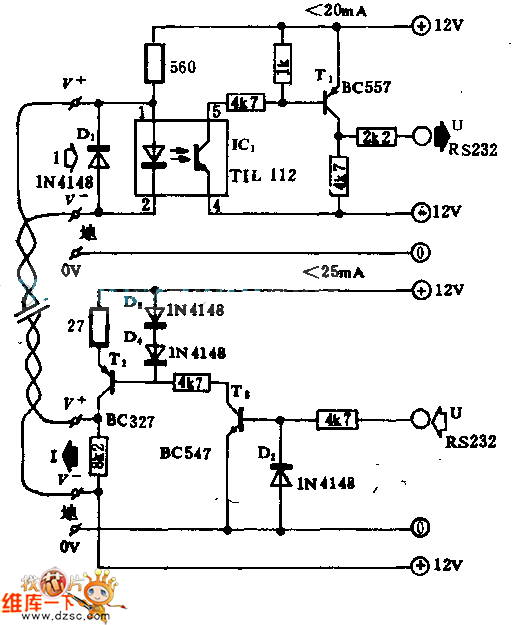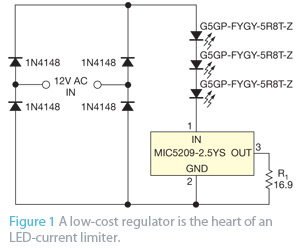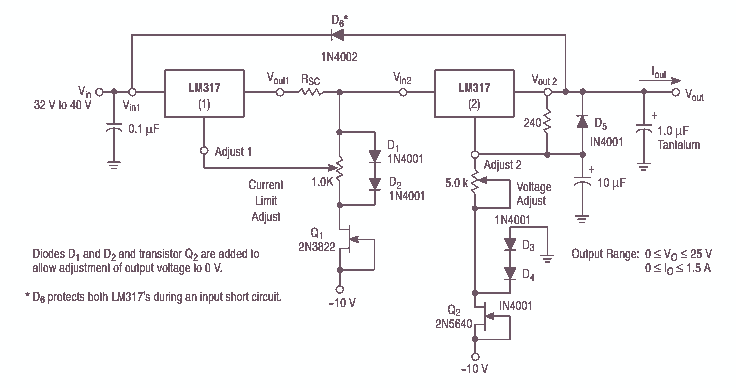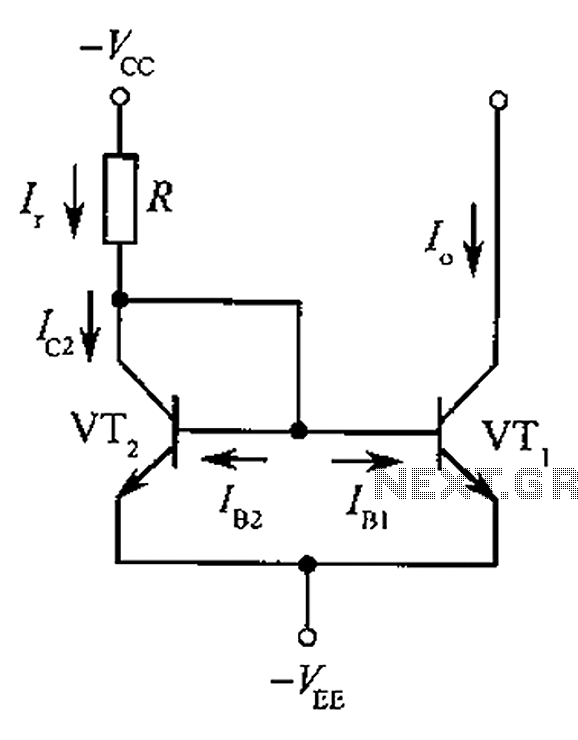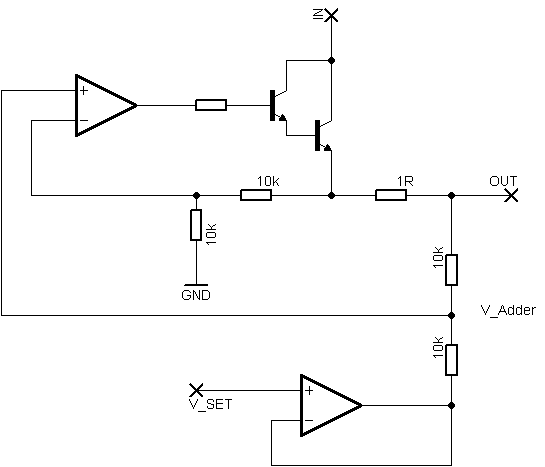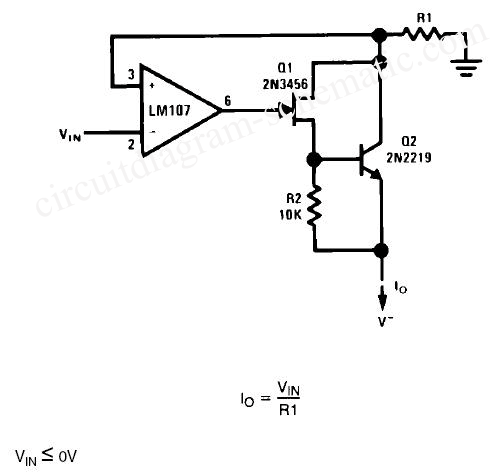
REPAIRING THE DSC/DRC CURRENT SOURCES
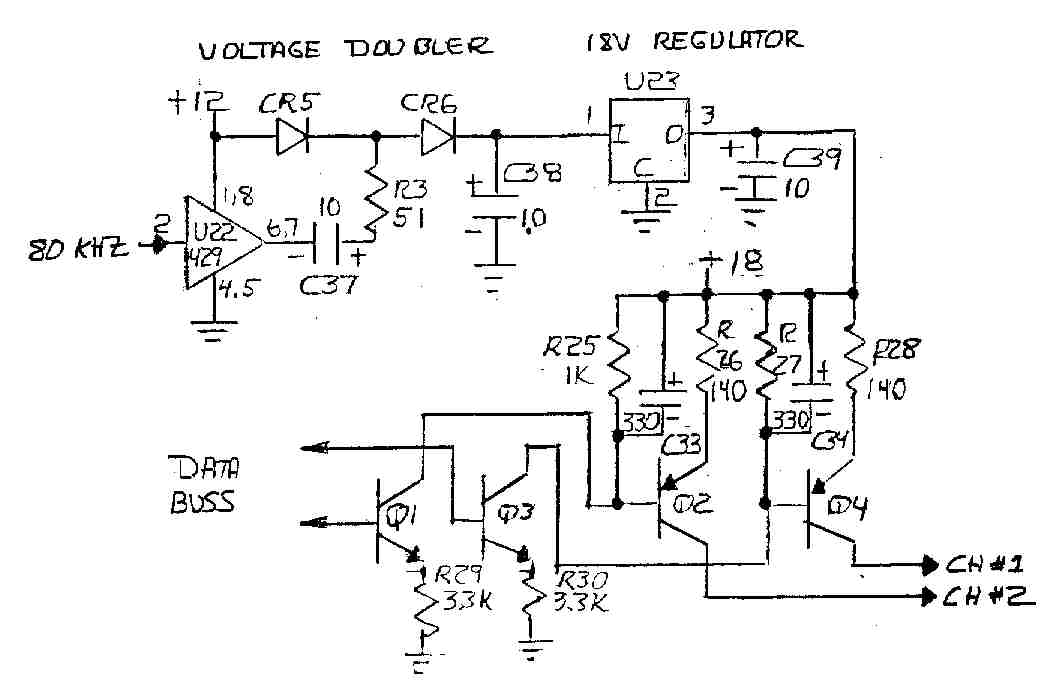
The DSC Sine and DRC Random vibration controller cards feature current sources on the two inputs that provide power to integrated accelerometers without the need for external power supplies. These current sources have an open circuit voltage of 18 VDC and deliver 4 mADC to the input pins. The 18 VDC is generated by a voltage-doubler circuit that operates from a 12 VDC computer power supply. This circuit utilizes a TCS429CPA driver integrated circuit (U22 on the DSC and U20 on the DRC) along with associated diodes and capacitors. The output of this circuit is approximately 20 VDC, which is then regulated down to 18 VDC using a 78L018 regulator integrated circuit (U23 on the DSC and U37 on the DRC). Each 4 mA current source is constructed using a 2N3904 NPN transistor (Q1 and Q3) that interfaces with the computer data bus, which activates the 2N3906 PNP current source transistor. The inputs are designed with short-circuit protection; however, applying excessive voltage to the input pins may result in damage to the transistors. The transistors can be tested using a standard multimeter. Refer to the schematic diagram for further circuit details.
The DSC Sine and DRC Random vibration controller cards are designed for precise control and monitoring of integrated accelerometers in various applications. The current sources, providing an output of 4 mADC, ensure that the accelerometers receive consistent power, which is critical for accurate measurements. The voltage-doubler circuit is a key component, efficiently converting the 12 VDC from the computer power supply to approximately 20 VDC. This higher voltage is necessary for the operation of the driver integrated circuit, which plays a crucial role in managing the power distribution to the accelerometers.
The use of the 78L018 voltage regulator is essential for maintaining a stable output of 18 VDC, protecting the sensitive components from voltage fluctuations that could affect performance. The integration of NPN and PNP transistors in the current source design allows for effective control of the current flow, with the 2N3904 NPN transistor acting as a switch that is controlled by the computer data bus. The subsequent activation of the 2N3906 PNP transistor ensures that the required current is supplied to the accelerometers.
The short-circuit protection feature enhances the reliability of the circuit by preventing damage under fault conditions. However, careful attention must be paid to avoid applying excessive voltage to the input pins, as this can compromise the integrity of the transistors. Regular testing with a multimeter is recommended to ensure the functionality of the current sources and the overall health of the circuit. The accompanying schematic diagram provides a comprehensive view of the circuit layout, facilitating troubleshooting and further design modifications if necessary.The DSC Sine and DRC Random vibration controller cards have current sources on the two inputs available for powering integrated accelerometers without requiring external power supplies. These current sources have an 18 VDC open circuit voltage and output 4 MADC into the input pins. The 18 VDC is generated by a voltage-doubler circuit operating fro m the 12 VDC computer power; it is a TCS429CPA driver I/C ( U22 on the DSC and U20 on the DRC ) and associated diodes and capacitors. The circuit outputs about 20 VDC which is regulated down to 18 VDC by the 78L018 regulator I/C ( U23 on the DSC and U37 on the DRC ).
Each 4 MA current source consists of a 2N3904 NPN transistor ( Q1 and Q3 ) connected to the computer data buss which turns on the 2N3906 PNP current source transistor The inputs are short-circuit protected, but excess voltage applied to the input pins could damage the transistors. They can be checked with a meter in the usual way. Refer to the schematic diagram below for circuit details: 🔗 External reference
The DSC Sine and DRC Random vibration controller cards are designed for precise control and monitoring of integrated accelerometers in various applications. The current sources, providing an output of 4 mADC, ensure that the accelerometers receive consistent power, which is critical for accurate measurements. The voltage-doubler circuit is a key component, efficiently converting the 12 VDC from the computer power supply to approximately 20 VDC. This higher voltage is necessary for the operation of the driver integrated circuit, which plays a crucial role in managing the power distribution to the accelerometers.
The use of the 78L018 voltage regulator is essential for maintaining a stable output of 18 VDC, protecting the sensitive components from voltage fluctuations that could affect performance. The integration of NPN and PNP transistors in the current source design allows for effective control of the current flow, with the 2N3904 NPN transistor acting as a switch that is controlled by the computer data bus. The subsequent activation of the 2N3906 PNP transistor ensures that the required current is supplied to the accelerometers.
The short-circuit protection feature enhances the reliability of the circuit by preventing damage under fault conditions. However, careful attention must be paid to avoid applying excessive voltage to the input pins, as this can compromise the integrity of the transistors. Regular testing with a multimeter is recommended to ensure the functionality of the current sources and the overall health of the circuit. The accompanying schematic diagram provides a comprehensive view of the circuit layout, facilitating troubleshooting and further design modifications if necessary.The DSC Sine and DRC Random vibration controller cards have current sources on the two inputs available for powering integrated accelerometers without requiring external power supplies. These current sources have an 18 VDC open circuit voltage and output 4 MADC into the input pins. The 18 VDC is generated by a voltage-doubler circuit operating fro m the 12 VDC computer power; it is a TCS429CPA driver I/C ( U22 on the DSC and U20 on the DRC ) and associated diodes and capacitors. The circuit outputs about 20 VDC which is regulated down to 18 VDC by the 78L018 regulator I/C ( U23 on the DSC and U37 on the DRC ).
Each 4 MA current source consists of a 2N3904 NPN transistor ( Q1 and Q3 ) connected to the computer data buss which turns on the 2N3906 PNP current source transistor The inputs are short-circuit protected, but excess voltage applied to the input pins could damage the transistors. They can be checked with a meter in the usual way. Refer to the schematic diagram below for circuit details: 🔗 External reference
